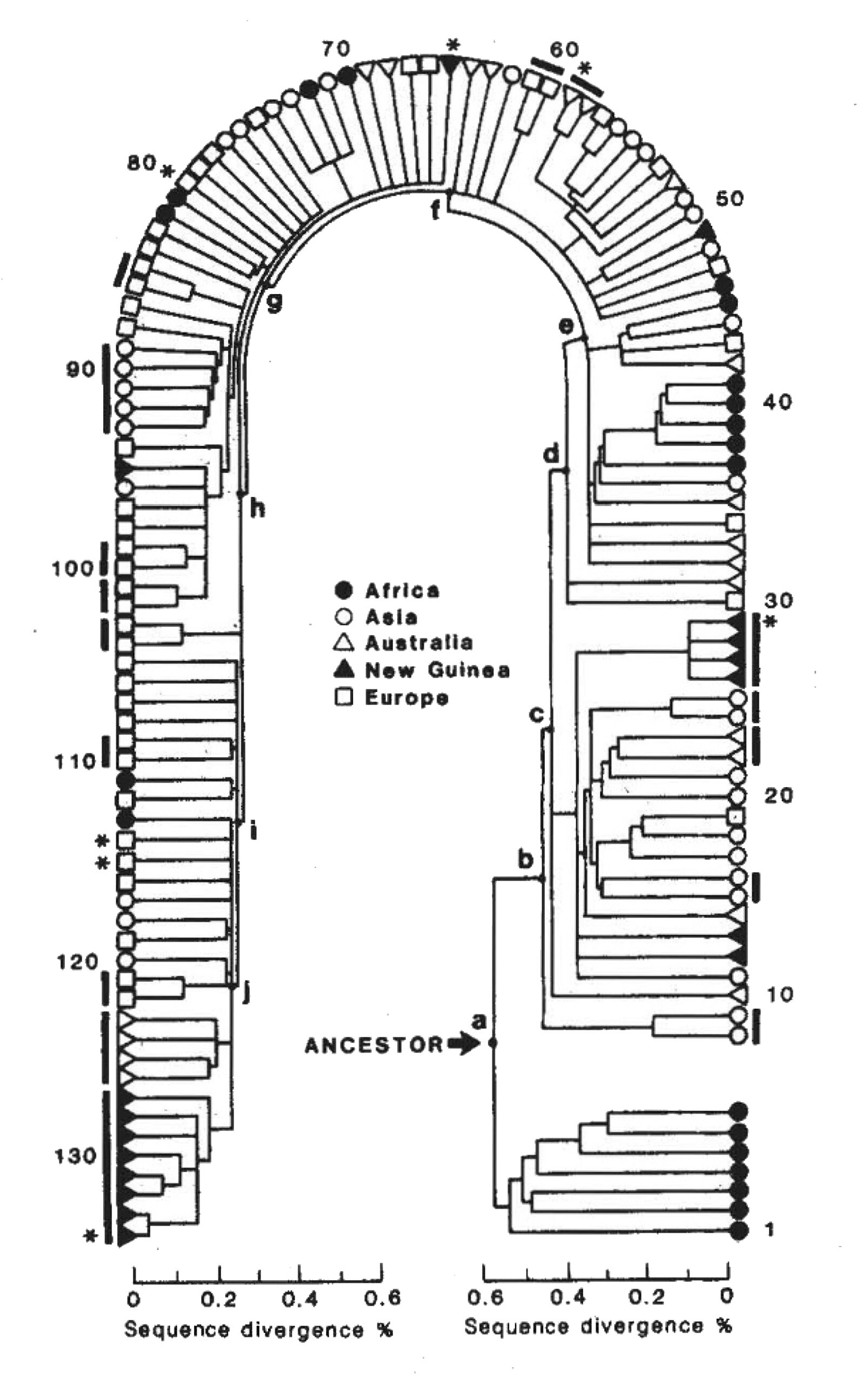The concept of “Mitochondrial Eve” captivates the imagination, presenting an intriguing origin story for all modern humans. This term refers to the matrilineal most recent common ancestor (MRCA) of today’s Homo sapiens, whose lineage can be traced exclusively through mitochondrial DNA (mtDNA). But what if this genetic trail leads us down an unexpected rabbit hole? How accurately can we pinpoint the age of this ancestral figure, and what complexities might arise from that determination?
Scientists have predominantly settled on an age range of approximately 150,000 to 200,000 years ago for Mitochondrial Eve. This timeframe stems from meticulous analysis of genetic variations across contemporary populations, which serves to estimate the emergence of Homo sapiens. However, despite sophisticated techniques and robust datasets, calculating the precise age of our ancestor remains fraught with challenges.
How do scientists attempt to establish this timeline? By utilizing molecular clock methodologies, researchers measure the mutations in mtDNA that accumulate over generations. Yet the efficacy of this approach can be influenced by several factors, including the rate of mutation, the environmental pressures exerted on populations, and even the number of generations that separate the present from the past. The findings reveal a broader narrative about human evolution, suggesting that we carry not just our ancestor’s genes but a mosaic of adaptations shaped by countless environmental contingencies.
As we delve deeper into this subject, one must ponder: Could there be more than one “Eve”? The concept of multiple ancestral figures complicates the narrative, suggesting that Mitochondrial Eve does not mark the sole origin point for modern humans. Rather, she stands alongside many other women whose lineages diverged and intermingled, painting a complex tableau of human ancestry.
This notion poses an additional conundrum. If Mitochondrial Eve’s age is indeed a mere approximation, does that challenge the validity of evolutionary models? As researchers delve into ancient remains and collaborate across disciplines, they confront the tantalizing confluence of genetics, archaeology, and anthropology. Each discovery adds another layer of depth to our understanding but also ignites fresh questions about the linearity of human evolution.
Ultimately, the age of Mitochondrial Eve is not an endpoint but a springboard into deeper inquiries about our origins. It invites us to explore the overlapping narratives of humanity—narratives characterized not only by ancestral connections but also by the interconnectedness of our species. So, as we continue to unravel the complexities of our genetic history, the question remains: How many more Mitochondrial Eves are yet to be discovered through the annals of time?
